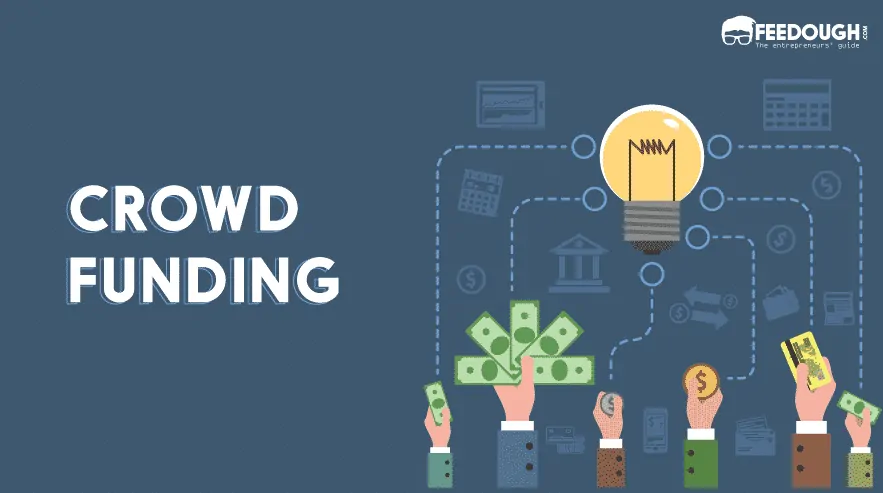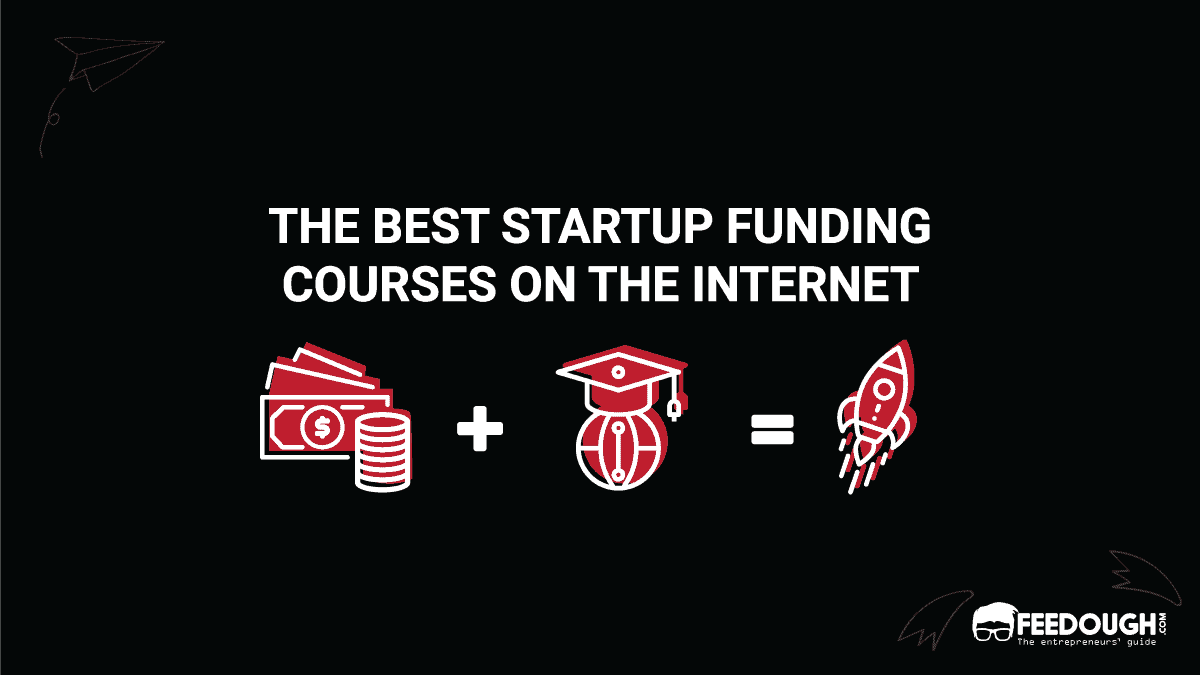Being an entrepreneur, you have four usual funding options. These include –
- Raising funds from the investors by offering equity to them,
- Taking a loan from a financial institution,
- Crowdfunding the idea using a platform like Kickstarter, and
- Using your funds and savings.
Now, when we talk about bootstrapping a startup, we refer to how you can skip the first three options of the list above and launch your startup using your own funds. Even though the funds might be limited for most entrepreneurs, bootstrap financing has many perks.
Here’s a complete guide to help you bootstrap your startup without diluting your equity and get into debt.
What Is Startup Bootstrapping?
Bootstrapping is a self-funding, self-starting mechanism where the startup founders launch their startup company without external funding assistance.
A bootstrapped company differs from a financed company substantially. It has the following characteristics –
- The company is started by either using the personal finances of the founders or the operating revenues of the new company.
- The founders focus on minimising the expenses by relying on sweat equity, lean methodology, quick inventory turnover, and a long cash runway (amount of time you can survive before running out of money).
The Advantages And Risks Of Bootstrapping
Bootstrapping is a very effective form of starting a business. It has the following perks –
- It doesn’t involve many costs –Debt raising involves the monetary cost of interest on investment. Fundraising involves the emotional cost of sharing decision-making power. But bootstrapping is a cheap alternative which doesn’t involve such monetary and emotional costs.
- More say in the decision-making process – Since no external monetary aid is involved in bootstrapping, the equity isn’t diluted much, and founders have more say in the decision-making process of their business.
- More creativity in the organisation – Bootstrapping involves the use of limited resources to fulfil a large number of tasks. This inculcates a culture of more creativity where everyone looks for ways to minimise the use of resources in everything they do.
- Full concentration on the core business – When there no stress of raising external financial aid, founders and employees focus more on growing their core business.
- Makes the company highly attractive for future funding opportunities – The fact that business was able to start on its own makes it very attractive to future investors.
No matter how good starting the business with own funding seems, bootstrapping your business has many disadvantages too. These include –
- Limited capital – No matter how much a founder invests, it is usually less than what comes from venture capitalists. This can make the business to lack some important resources.
- Largely distributed equity – Bootstrapping often results in entrepreneurs relying on sweat equity which eventually results in equity being largely distributed among employees. This makes it hard for them to make decisions themselves as now others have capital interest in the business too.
- Less cash flow – Many problems can arise if the operating profits of the business aren’t enough to cover for the operating and capital expenses of the business.
- Personal financial debt – Usually, the funding is provided by one or two founders who feel more financially stressed than others involved in the business.
- Competitive disadvantage – Money can often develop into a great competitive advantage for your competitors which can pose a big barrier to entry for your business.
Bootstrapping vs. Fundraising
Bootstrapping is basically you using your own resources to build your business. Fundraising, on the other hand, can be considered as selling your idea to an investor who then offers you money to build your business in return for some equity.
Fundraising, even though brings in a lot of money, dilutes your ownership of your idea. The investors join the board and play a significant role in decision making. You can, however, focus on the growth of the idea and need not worry about limited resources which would have been the case if you had bootstrapped.
However, many experts believe that you learn a lot more when you bootstrap as you –
- Focus more on the profitability – as your business requires operating profit to run.
- Develop more skills – you develop most skills yourself to save money by hiring or outsourcing work.
- Become more creative – creativity is an essential skill when you have to allocate limited funds fulfil numerous objectives. Bootstrapping helps you to be creative and spend the least while producing and marketing the offering.
- Understand the value of small goals – you view success as a ladder where every small goal fulfilled takes you to a higher place. Fundraising, on the other hand, requires you to show results in the form of big numbers.
Stages Of Bootstrapping
A usual bootstrapped company grows through the following stages –
- Personal fund: Involves launching the startup either using personal savings or borrowing money from family and friends, or by earning money through a side business.
- Customer fund: At this stage, the company is earning enough profits to cover the expenses and fund its growth strategies.
- External Fund: The stage where operating profit isn’t enough and the entrepreneurs must look for external funding aid either to scale or to execute any other strategy. The external fund can be raised from venture capitalists (equity) or financial institutions (debt), or by going public (IPO).
However, there are many cases when the company never actually moved from the second stage to the third stage.
Should You Bootstrap Your Startup?
So how do you decide if you require external funding or bootstrapping may work for you? Well, ask yourself these two questions –
- Do you have enough money to fulfil the growing needs of your company for at least 3 years?
- Can the company generate enough profits to cover its operating and capital expenses for at least 3 years?
If the answer to any of these questions is yes, go for startup bootstrapping. Here are some tips to help you with the same.
How To Bootstrap a Startup?
Pick Team Members Who Complement Your Skills
Having a founding team with complementary skills often results in a lot of money being saved. If you’re a tech person, partnering with someone good at marketing will save a lot of costs while promoting the business.
Start Small
It’s easier to target micro-niche during the initial stages of the business. Having less but more loyal customers bring in cash consistently and help you grow eventually.
Become the big fish of the small pond before heading to the big pond.
Don’t Focus On Personal Profits Initially
Try to take as less as possible from your business. Many successful bootstrappers didn’t even take a penny from the business when it was still growing.
Remember, your remuneration is still a cost for your startup.
Learn As Many Skills As Possible
The more skills you learn, the more money you save. Be a multitasker.
Be Creative
Be creative when it comes to resource allocation. Always look for ways how you can assign fewer resources to fulfil the tasks.
Develop A Good Revenue Model
Funds from bootstrapping finishes sooner than expected. Work on your revenue model so you can generate profits as soon as you can.
Examples Of Bootstrapped Startup
Majority of the successful companies (like Microsoft, GitHub, Dell, HP, etc.) we see today were once bootstrapped startups. Some of the examples of such companies are –
Apple
Started in a garage in the 1970s. Steve Jobs and Steve Wozniak bootstrapped Apple by selling their car and calculator. They even smartly promoted their product initially by creating a buzz in a local meetup at the Homebrew Computer Club. Jobs negotiated with the suppliers by calling everyone and telling them about his vision. He eventually received net 30 terms without any proven credit to their name and fulfilled the order.
Kayako
A perfect example of a bootstrapped startup where the founder learnt the skills himself to keep the company going. Started in 2001 by Varun Shoor in Jalandhar, India, Kayako is a help desk software and customer service software company having over 131,000 customers today. Varun learnt to program at the age of 13 and started working on the company when he was just 17. The company remains one of the biggest bootstrapped SAAS companies.
Go On, Tell Us What You Think!
Did we miss something? Come on! Tell us what you think of our article on startup bootstrapping in the comment section.
A startup consultant, digital marketer, traveller, and philomath. Aashish has worked with over 20 startups and successfully helped them ideate, raise money, and succeed. When not working, he can be found hiking, camping, and stargazing.

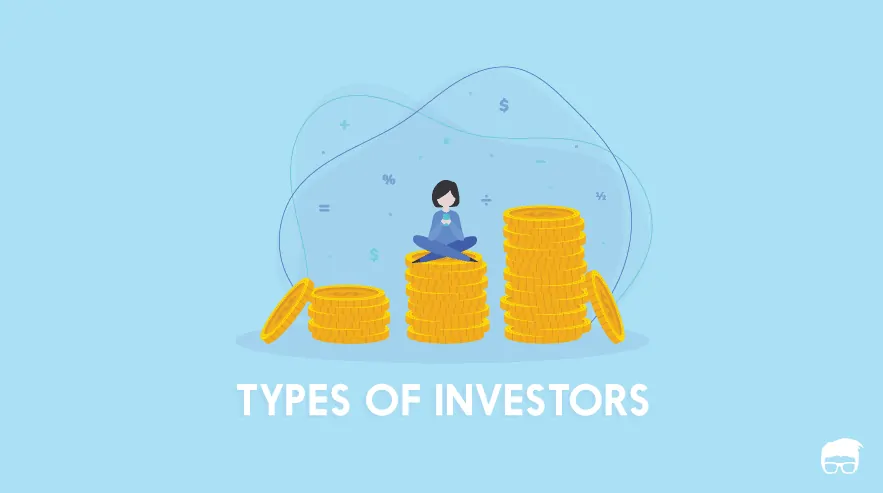

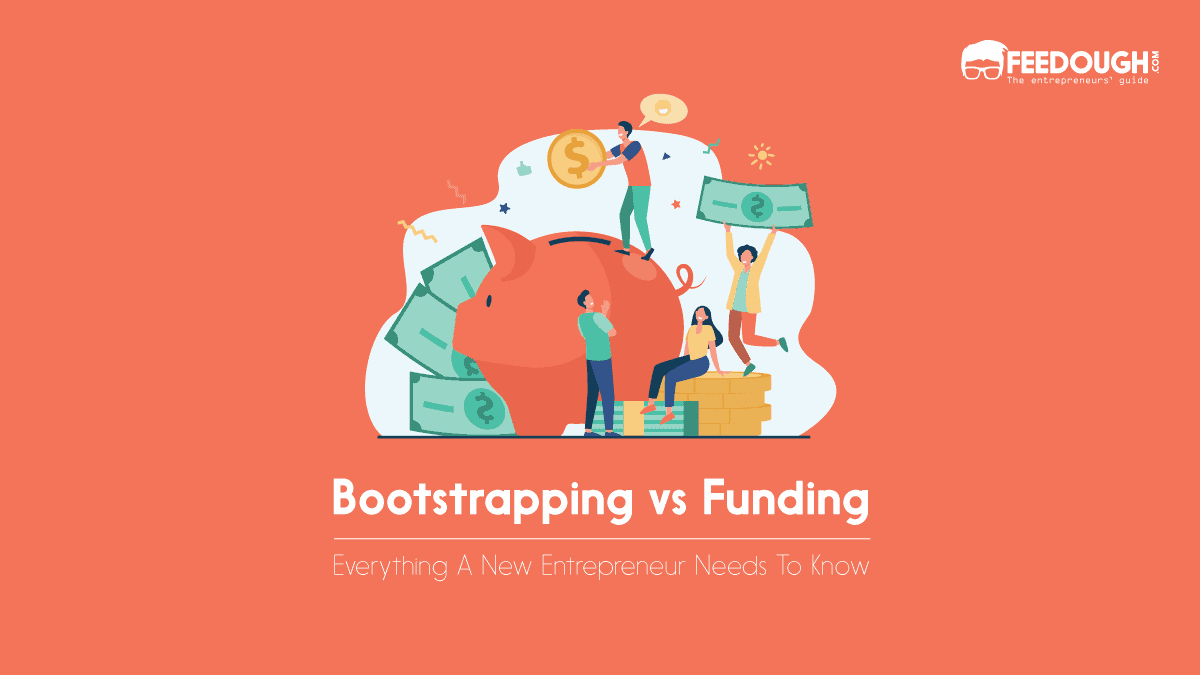
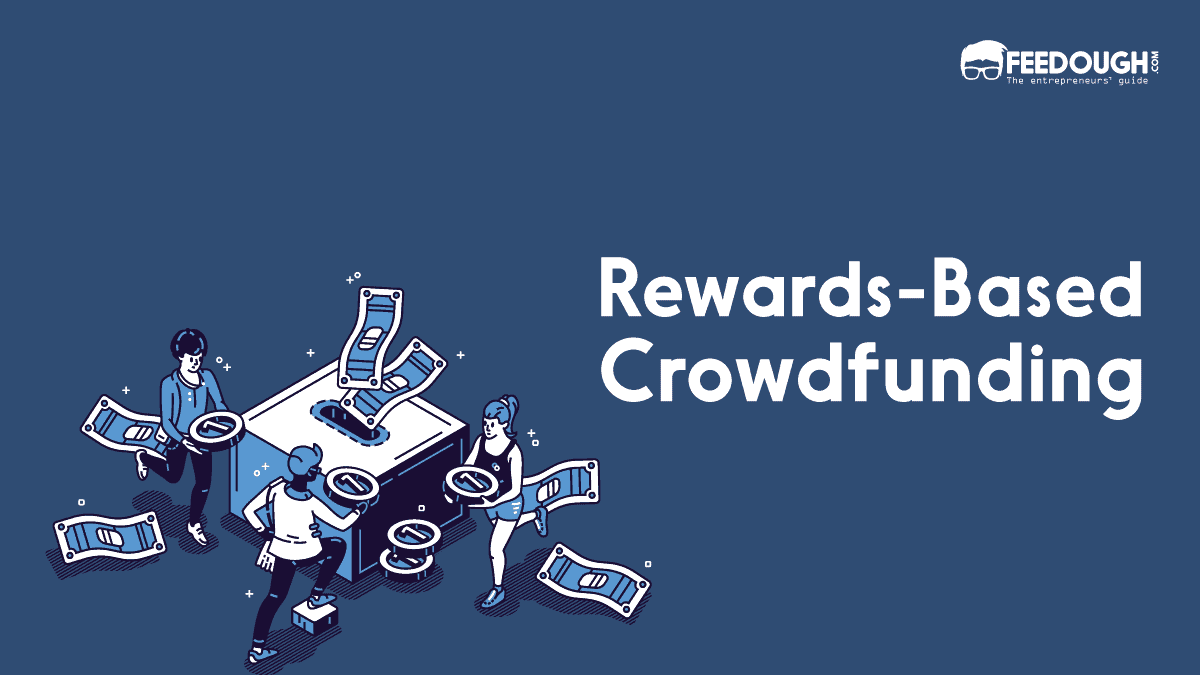
![How To Get Startup Funding [The Complete Guide] startup funding guide](https://www.feedough.com/wp-content/uploads/2022/08/startup-funding-guide.webp)

